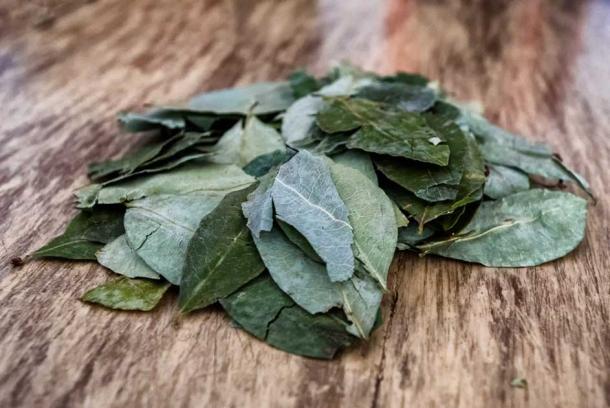
Extracted from Andean Coca, Freud Promoted Cocaine as a Miracle Drug
Indigenous peoples in the Amazon and Andes regions of South America have been chewing coca leaves for as many as 8,000 years. But did you know that these leaves were only transformed into highly-addictive cocaine in the 19th century when likes of Freud started touting cocaine as a miracle drug?
Coca leaves are a natural stimulant which have been part of the Andean way of life for thousands of years. Chewing them or consuming coca tea increases energy, combats altitude sickness, helps with digestion and is even said to alleviate hunger pangs, reduce period pain and act as an anesthetic. Even Pope Francis has been seen to drink coca tea, while Bolivia celebrates an annual coca leaf chewing day.
Coca leaves are a hugely important part of the culture and history of the Andes, particularly during the time of the Inca Empire from about 1200 AD. An Inca legend has it that the coca plant sprouted from the body of the beautiful, green-skinned and free-loving Kuka. Known for seducing anyone who set eyes on her and provoking obsession in her wake, the Inca emperor ordered she be executed, cut in pieces and buried. The resulting plant was called coca in her honor.
Coca leaves were used in religious ceremonies, with sacrificial victims revealing large amounts of coca consumption before their death. Dried coca leaves were also a form of currency deemed more valuable than gold. When the Spanish conquered the area, they encouraged the use of coca amongst their slaves to increase production.

Cocaine is extracted from coca leaves, which have historically been viewed as a gift of the gods by indigenous Andean communities. (Allen.G / Adobe Stock)
It was only in the 1850s however, that the active alkaloid was first extracted from coca leaves in Germany and was given the name cocaine. While the coca leaf is a mild stimulant similar to coffee, cocaine is a white powder which by 1860 was being used in tonics, medicines and even drinks, most famously Coca Cola which was made from coca leaf and kola nut syrup. Promoted as a wonder drug able to cure just about everything, it was woefully overprescribed and misunderstood.
Sigmund Freud, remembered as the father of psychoanalysis, was fascinated by its psychological effects which inspired his theory on talk therapy (another term for coke-fuelled monologues?). Freud began promoting its use for anything from asthma, alcoholism and even as an aphrodisiac. Meanwhile William Halsted, father of modern surgery, experimented with cocaine as an anesthetic. Both ended up becoming coke addicts thanks to their self-experimentation.
Governments have been trying to stop production of coca leaves for decades, due to some misguided equating of coca leaves with cocaine. While coca leaves have historically been used responsibly by indigenous communities who view coca as a gift of the gods, cocaine is an addictive narcotic once mistakenly promoted by western scientists as a miracle drug.
Top image: Composite image of depiction of Freud, the father of psychoanalysis and a renowned coke addict, combined with a photo of lines of cocaine. Source: SergioArt22 / Adobe Stock & Josif / Adobe Stock
By Cecilia Bogaard
















Comments
I wrote my comment and then deleted it as Pete says it all in a few words.
Cocaine can be a political stimulant. Elite politics is full of the stuff.
It's the demands of office. Being a puppet on a string can be very demanding.
It takes a devil to think to refine a naturally growing elixir down to a highly profitable, deadly white poison.
Nobody gets paid to tell the truth.